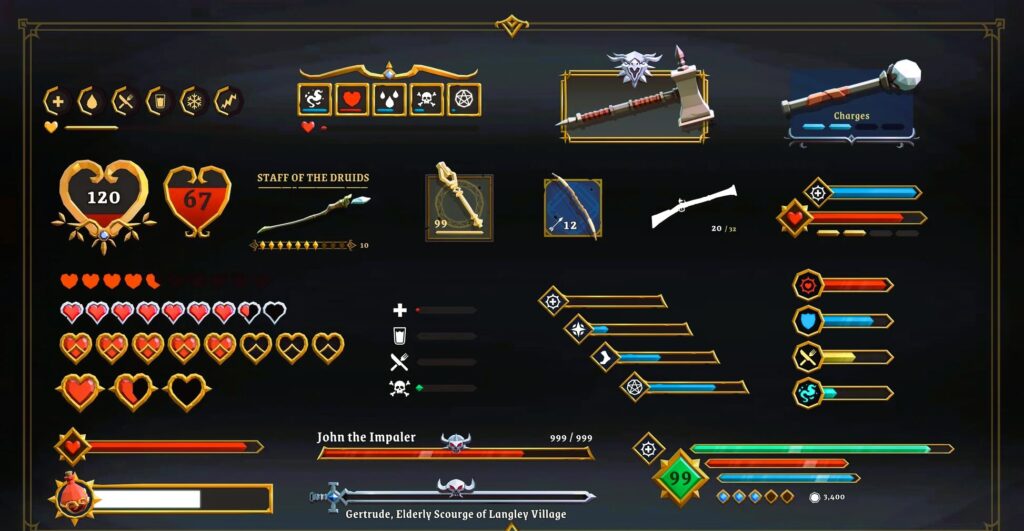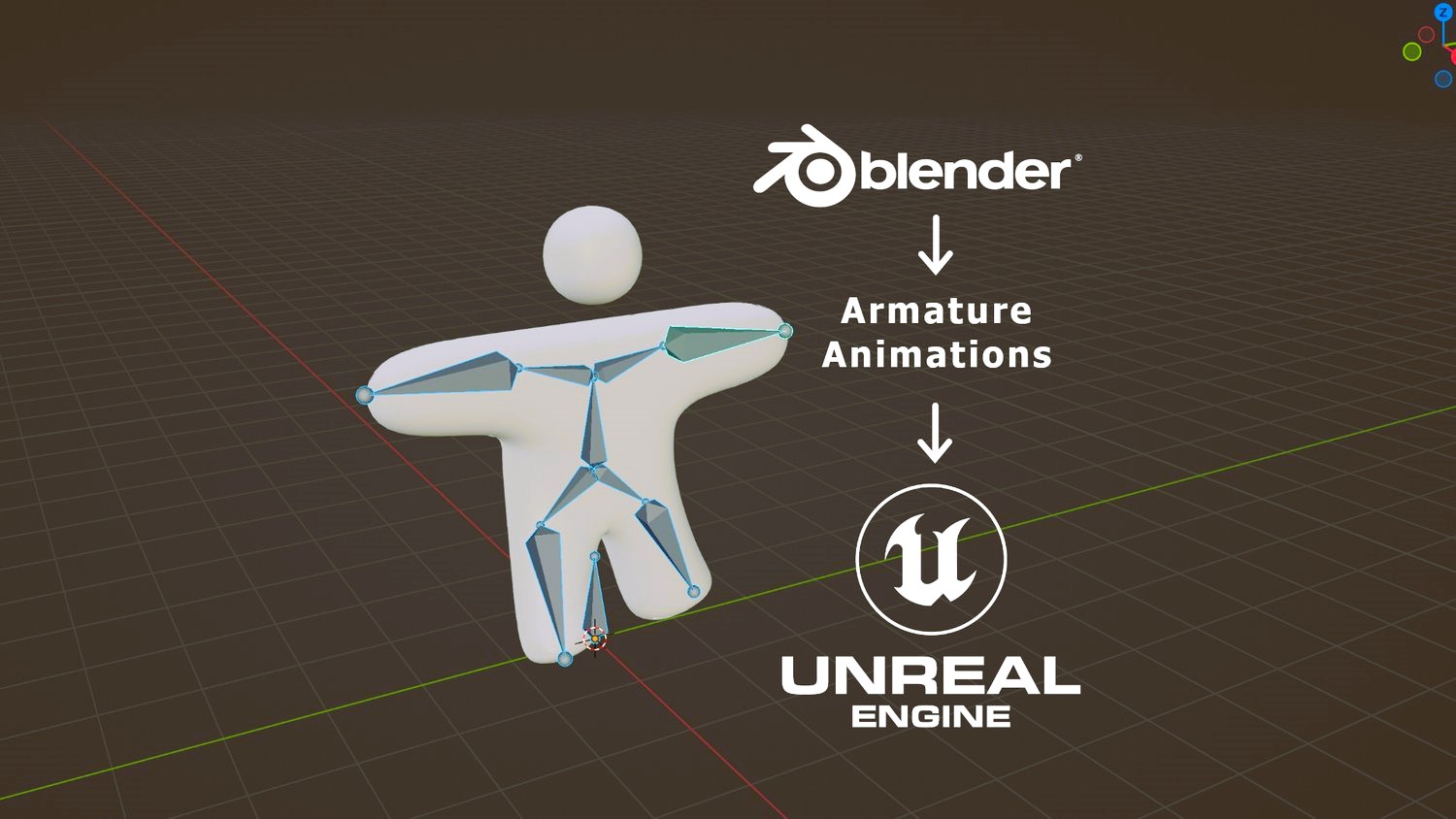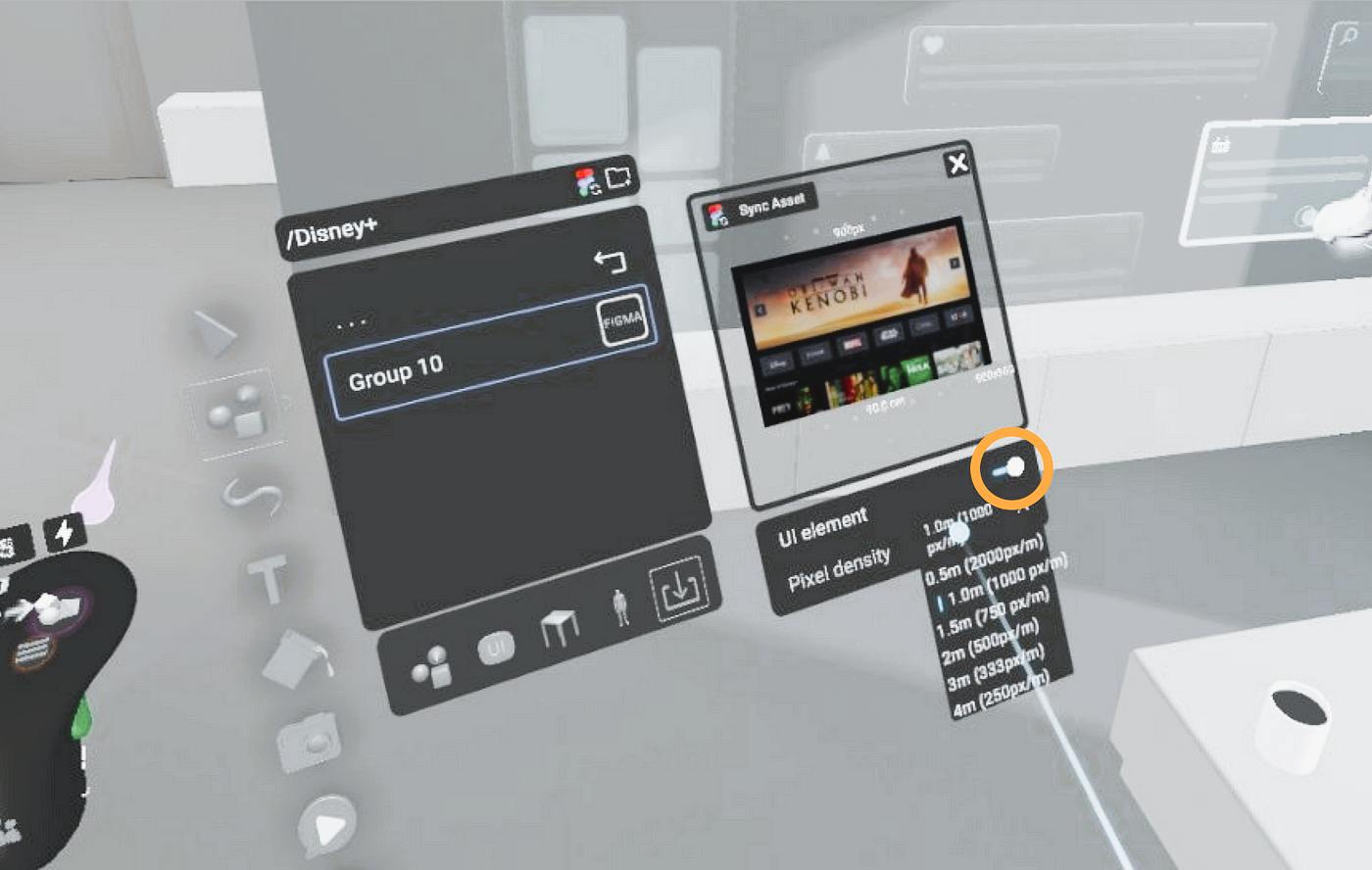First-person shooters (FPS) are some of the most popular and competitive games in the industry. From intense firefights to tactical maneuvers, these games demand highly responsive and intuitive interfaces to enhance the player’s experience. A well-designed FPS UI (user interface) not only keeps players engaged but also provides critical information in a seamless and unobtrusive manner.
In this article, we’ll cover essential design tips for creating effective FPS game interfaces, highlight successful examples, and explore tools and resources that can elevate your designs to the next level.
What Makes FPS Game Interfaces Unique?
FPS games differ from other genres in their fast-paced gameplay, requiring:
- Quick information delivery: Players need real-time updates on health, ammo, objectives, and maps.
- Minimal distractions: The UI must not obstruct the player’s view or interfere with gameplay.
- Customization options: Many players prefer adjustable HUD (Heads-Up Display) elements to suit their playstyles.
Essential Tips for FPS Game Interface Design
1. Prioritize HUD Clarity
The HUD is the heart of any FPS interface. To ensure its effectiveness:
- Place critical information near the screen edges: Health, ammo, and armor indicators should be visible without drawing attention away from the action.
- Use intuitive icons: Replace text with universally understood icons where possible (e.g., a bullet icon for ammo).
- Apply color coding: Use colors to convey important states, such as green for health, red for danger, or yellow for warnings.
2. Design an Accessible Mini-Map
The mini-map is essential for spatial awareness in FPS games. Best practices include:
- Dynamic scaling: Allow the map to zoom in or out based on player preferences.
- Directional indicators: Show teammates, enemies, and objectives clearly.
- Real-time updates: Ensure the map reflects changes in the environment, like moving vehicles or shrinking safe zones.
3. Streamline Inventory Management
FPS games with complex weapon systems or item management should have a streamlined inventory UI:
- Quick-access slots: Provide shortcut keys or buttons for essential items, such as grenades or medkits.
- Grid-based layouts: Use organized grids for secondary items to ensure easy navigation.
- Drag-and-drop functionality: This feature allows players to quickly rearrange or equip items during gameplay.
4. Incorporate Responsive Crosshairs

Crosshairs serve as a direct interface element during combat:
- Dynamic resizing: Make crosshairs expand when moving or shooting to reflect accuracy changes.
- Customizable designs: Offer options for shape, size, and color so players can adjust them to their liking.
5. Create Immersive Visual Feedback
FPS games thrive on visual feedback to heighten immersion:
- Damage indicators: Use directional cues (e.g., red flashes) to show where the player is being hit.
- Kill confirmations: Display satisfying animations or effects to confirm successful eliminations.
- Environmental interactions: Highlight objects players can interact with, such as doors or weapon pickups. Read about how Armature can speed up your game UI development process here.
6. Focus on Cross-Platform Usability
Many FPS games are played across PCs, consoles, and mobile devices. To ensure usability:
- Optimize for controllers: Adjust menu navigation for joystick use.
- Touchscreen-friendly elements: Enlarge interactive areas for mobile players.
- Keyboard shortcuts: Offer hotkey options for PC users.
Examples of Exceptional FPS Interfaces
- Call of Duty Series: The franchise is known for its clean and responsive HUDs that provide crucial information without overwhelming players.
- Apex Legends: Combines a minimalist HUD with rich contextual ping systems, allowing for effective communication and navigation.
- Halo Infinite: Offers customizable HUD options, responsive crosshairs, and well-designed inventory screens.
For more insights into FPS game standards, check out resources like IGN or Wikipedia’s FPS game category.
Designing action-packed FPS game interfaces requires balancing functionality, aesthetics, and performance. By prioritizing HUD clarity, providing immersive feedback, and leveraging powerful design tools like Armature, you can create interfaces that enhance player engagement and deliver exceptional gaming experiences.




